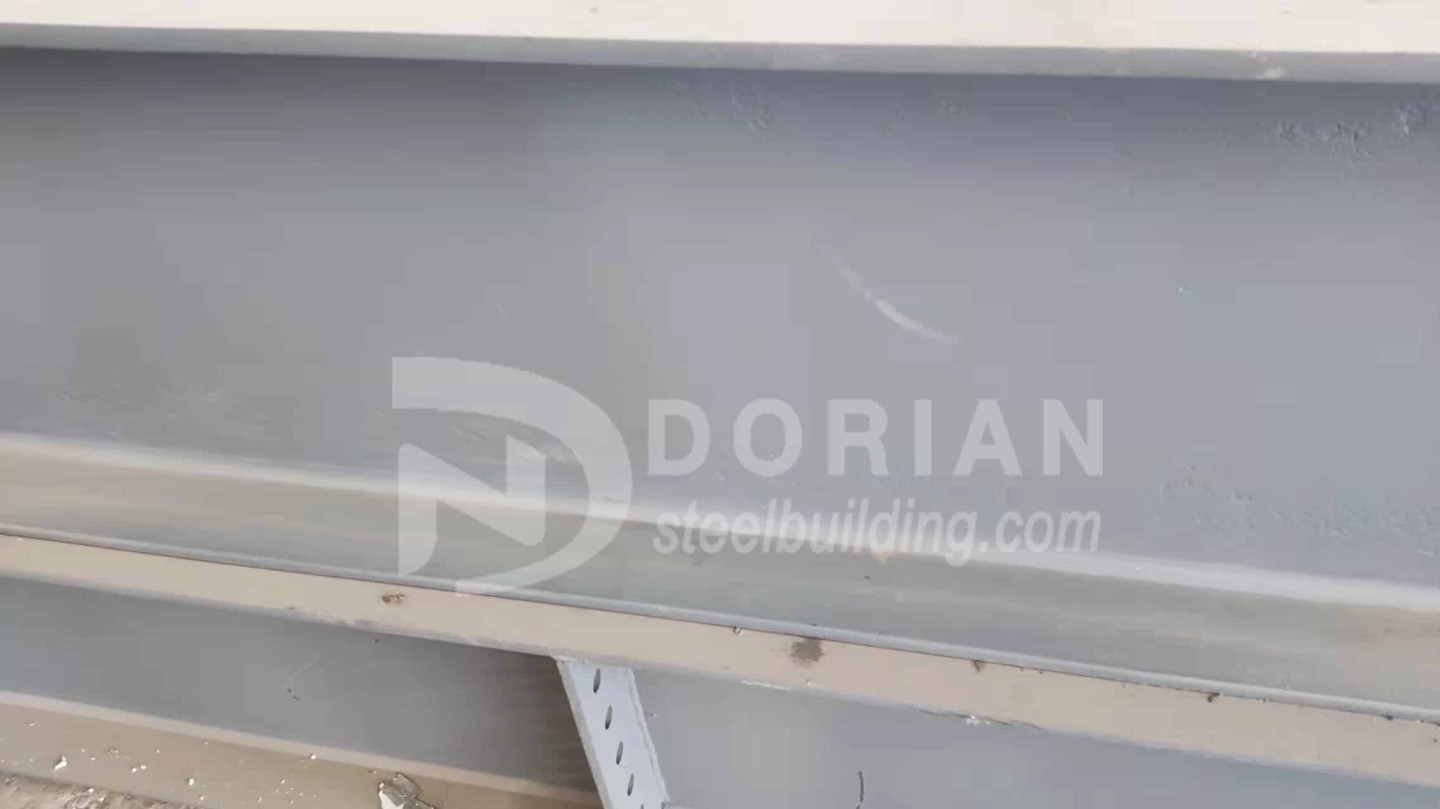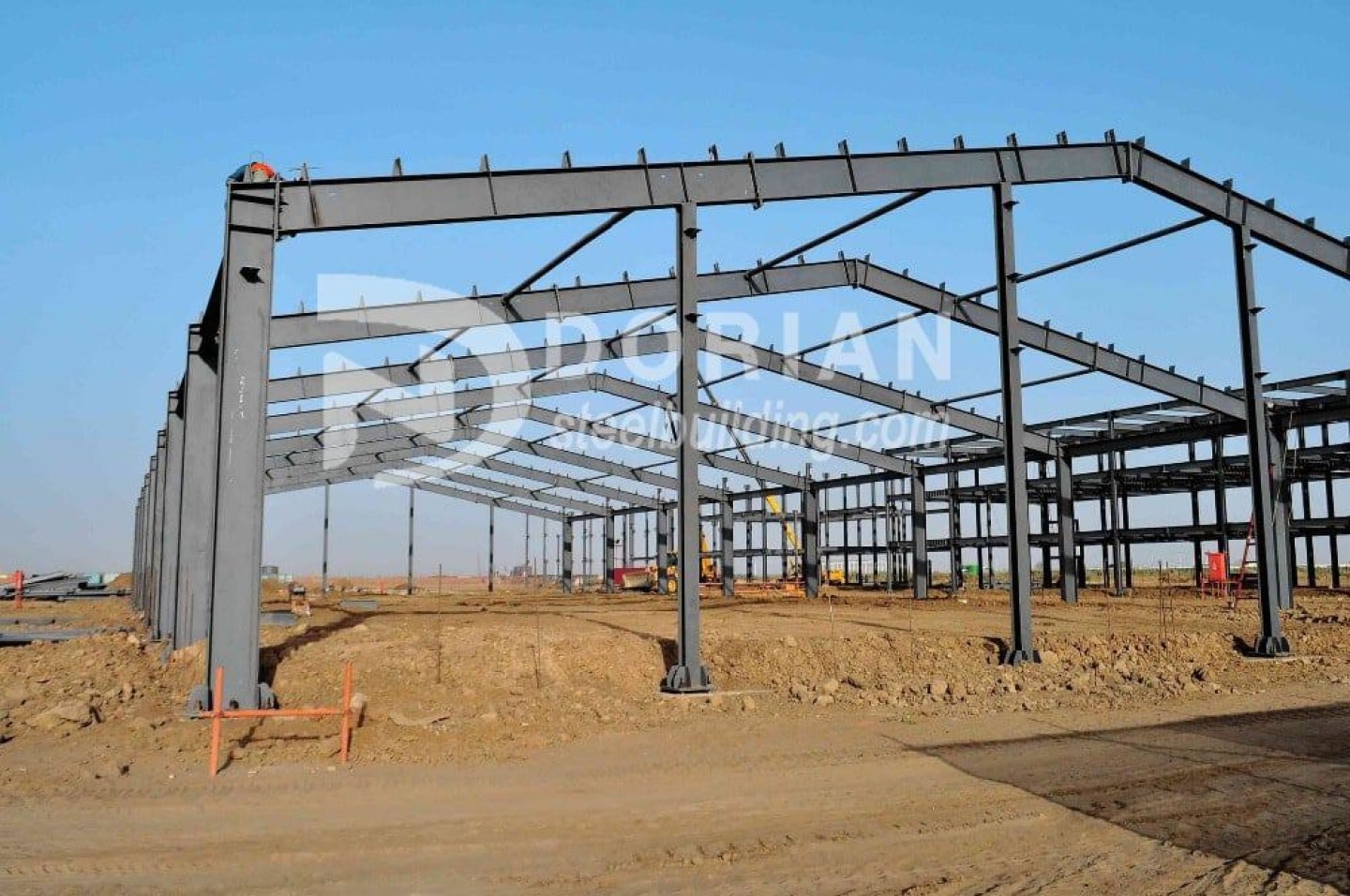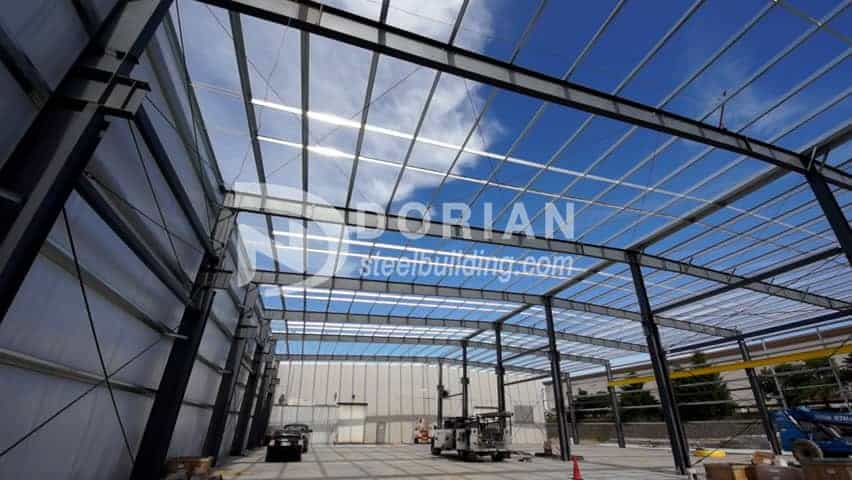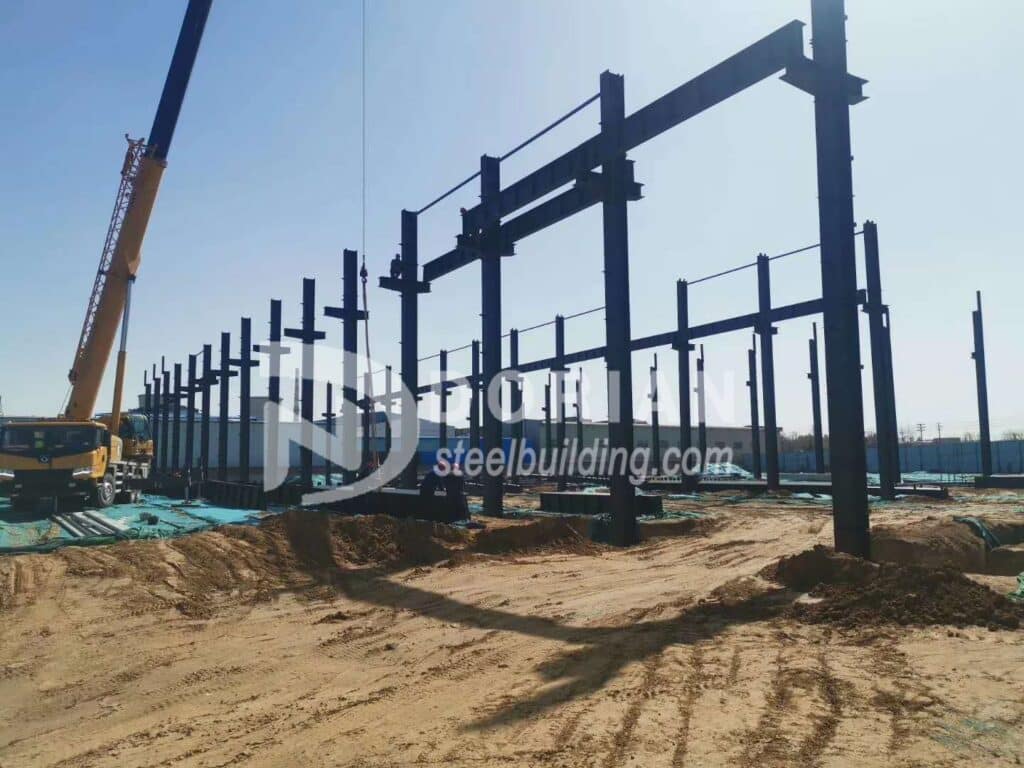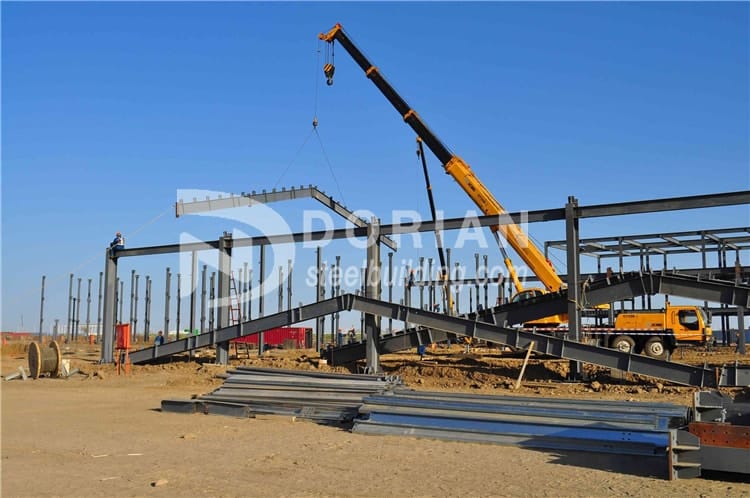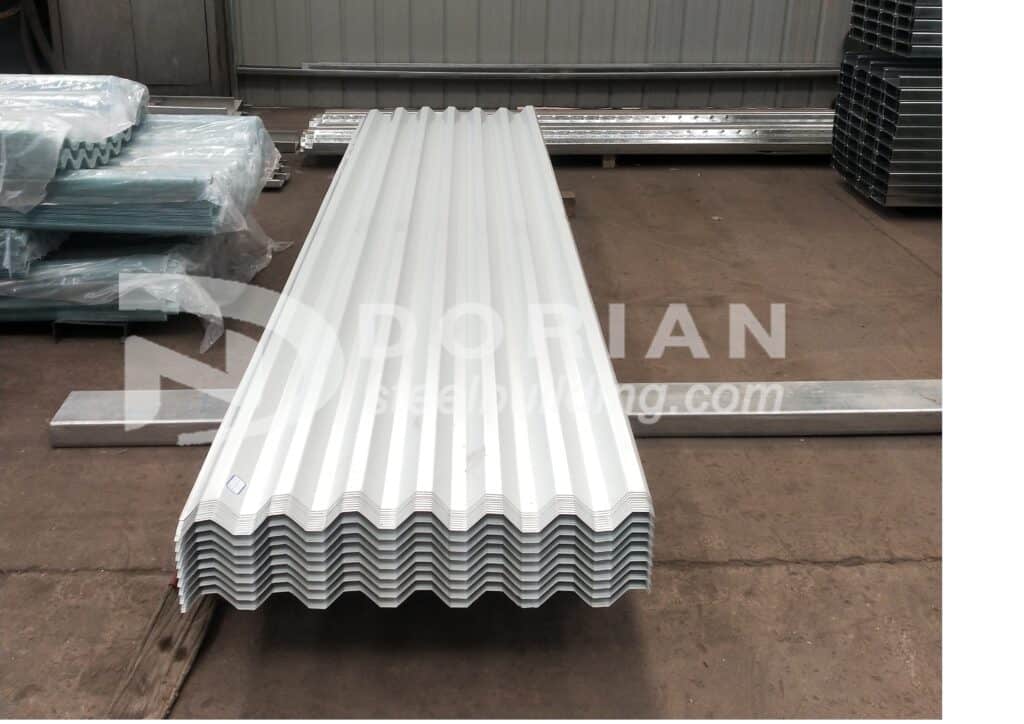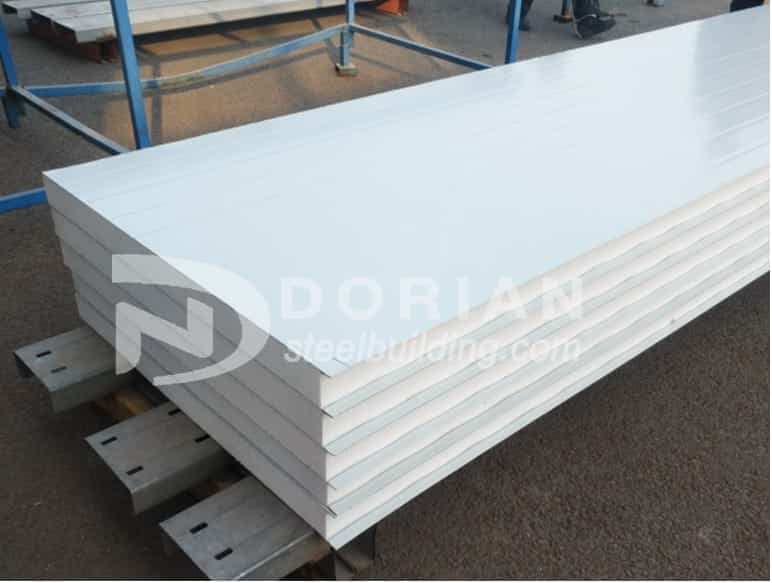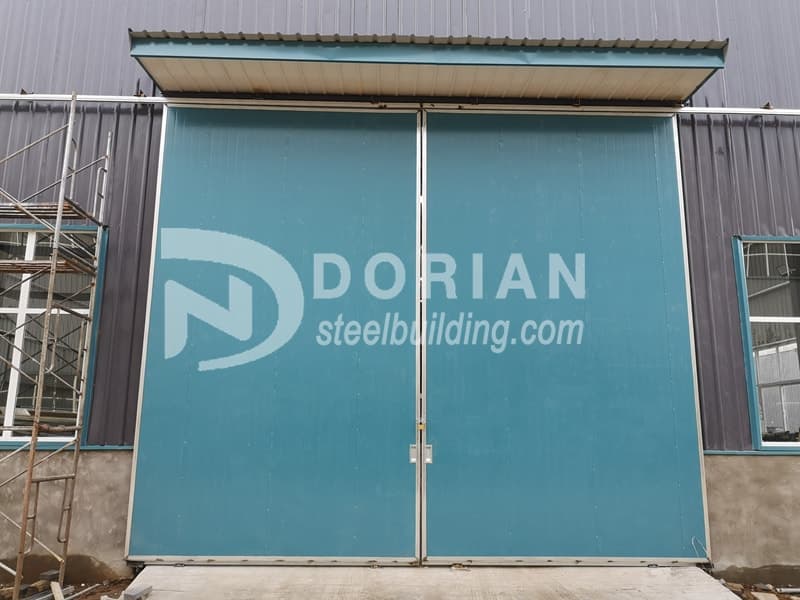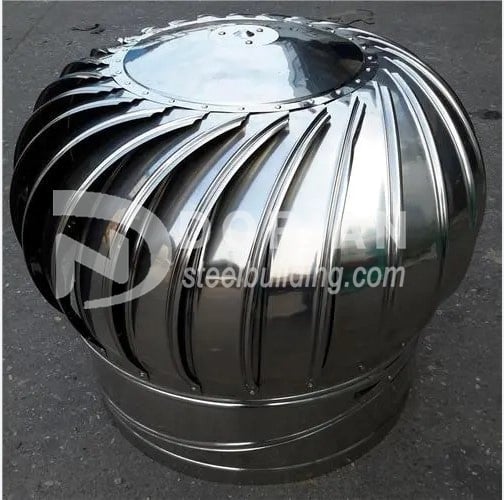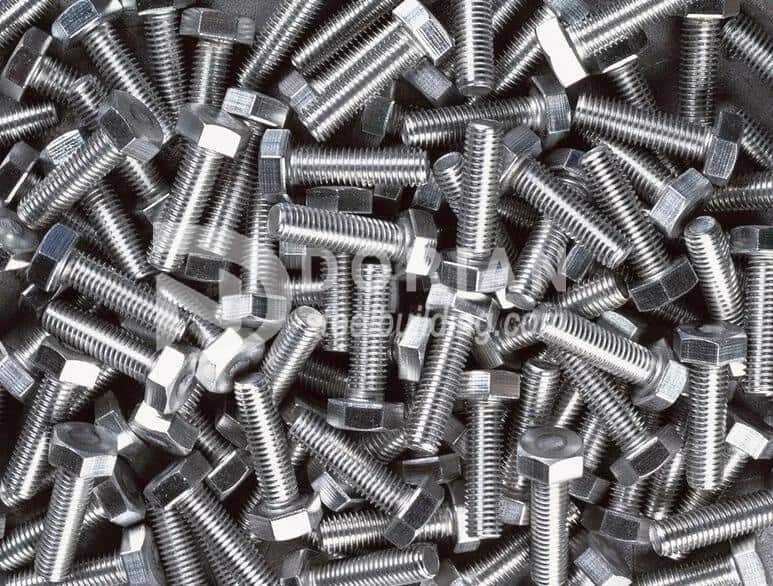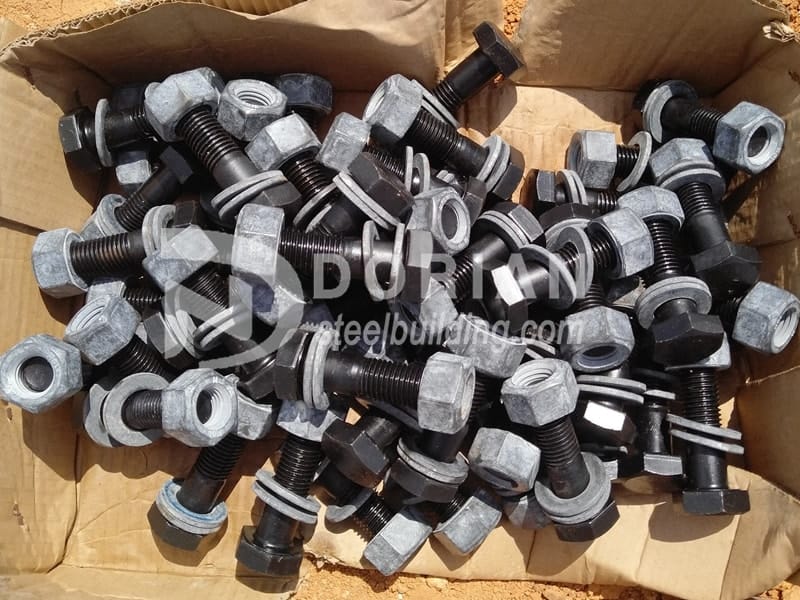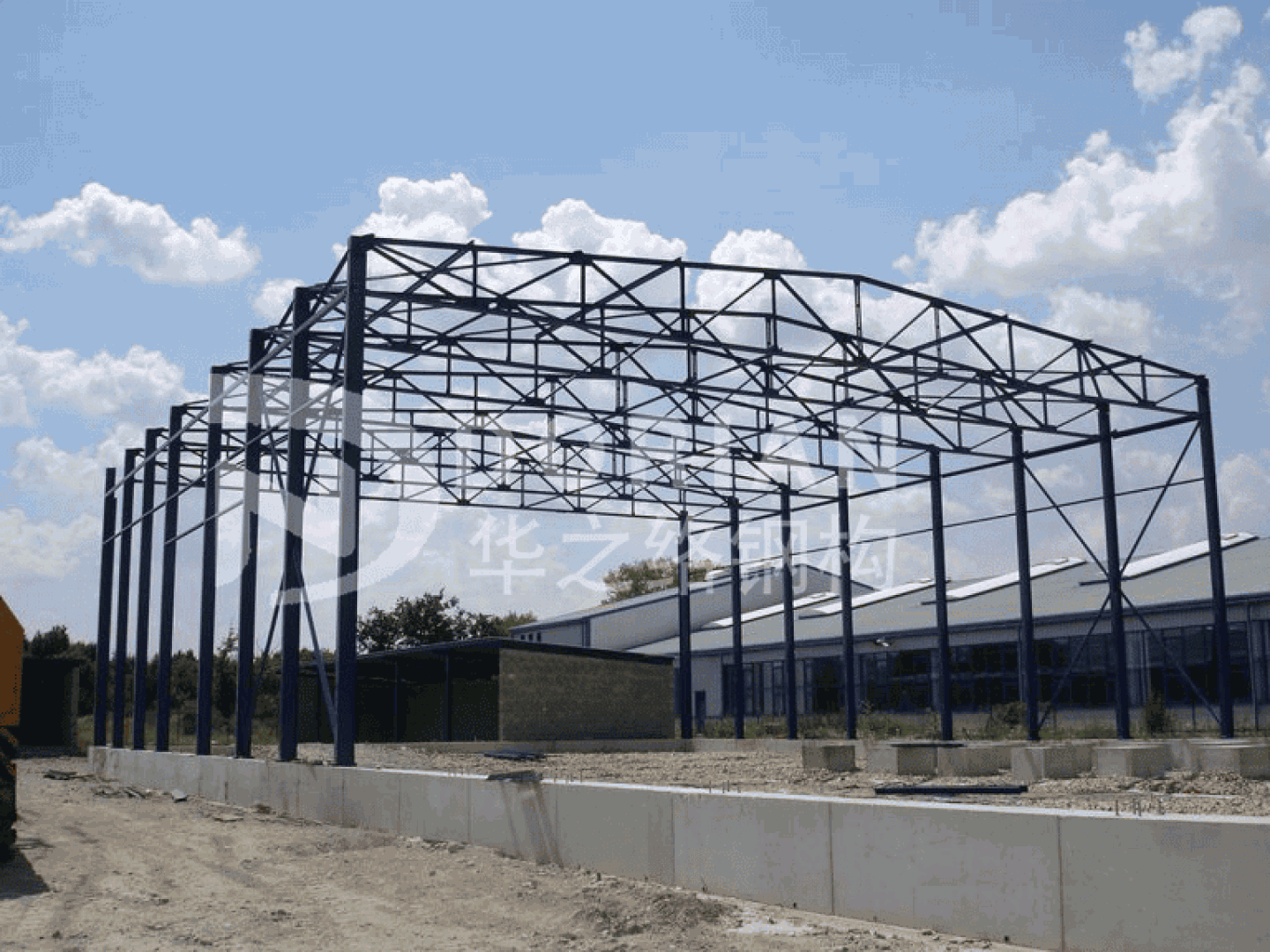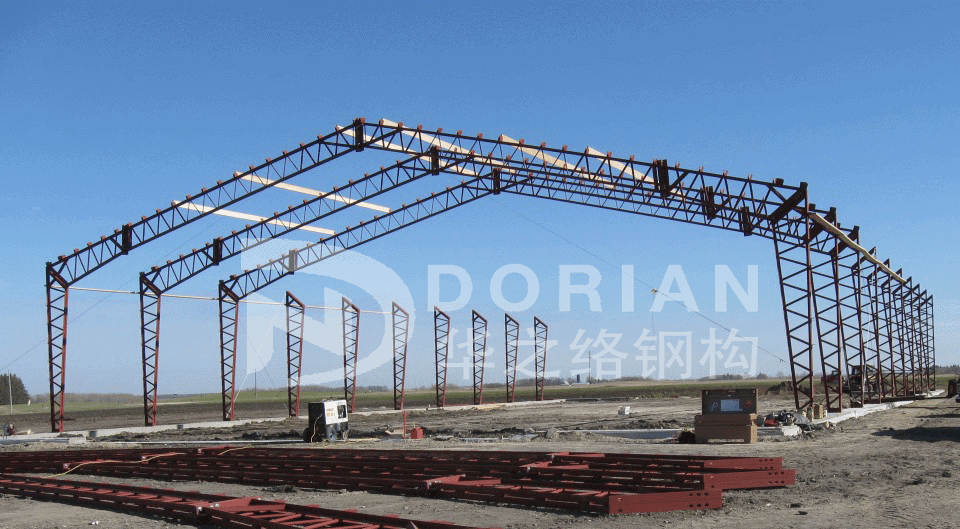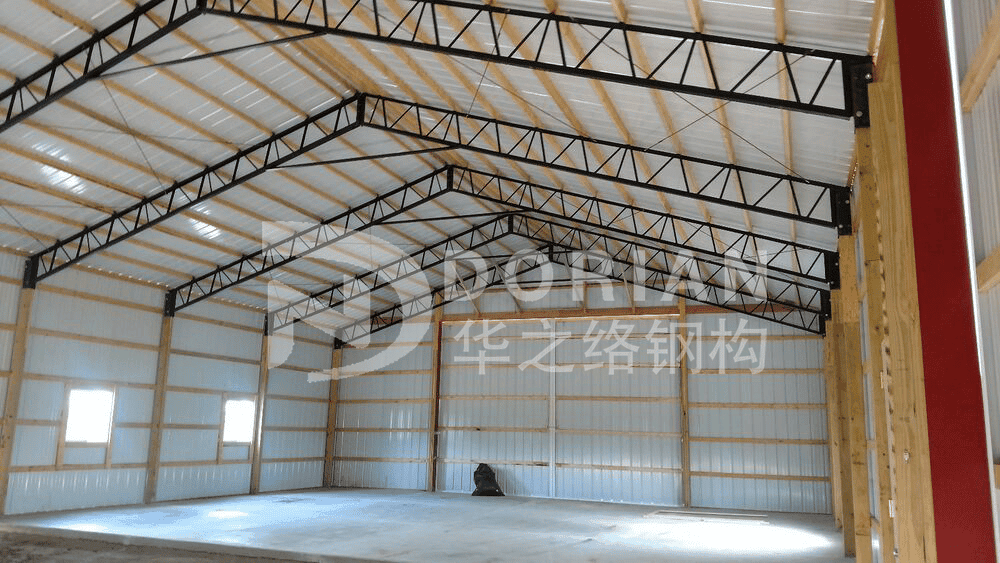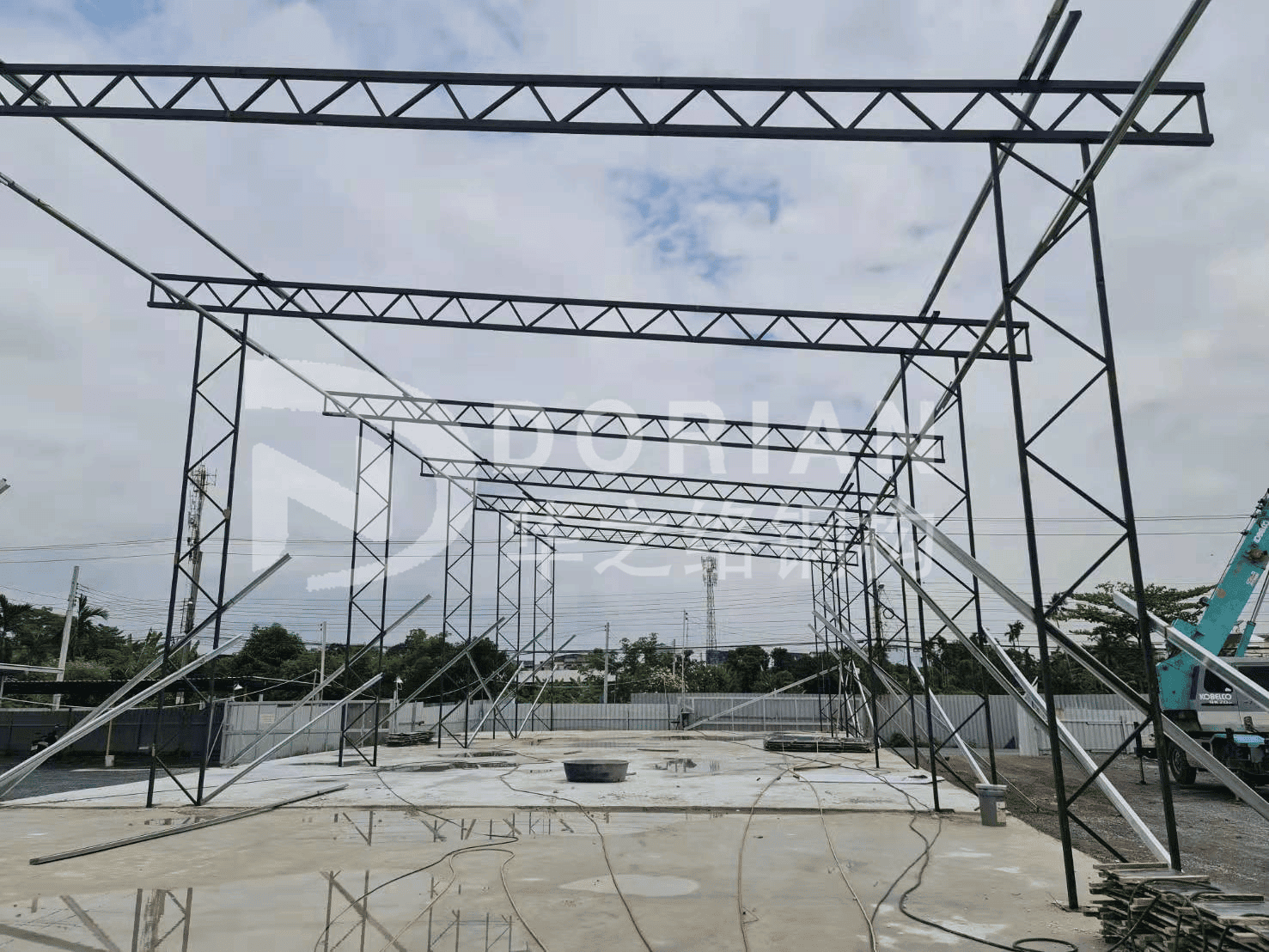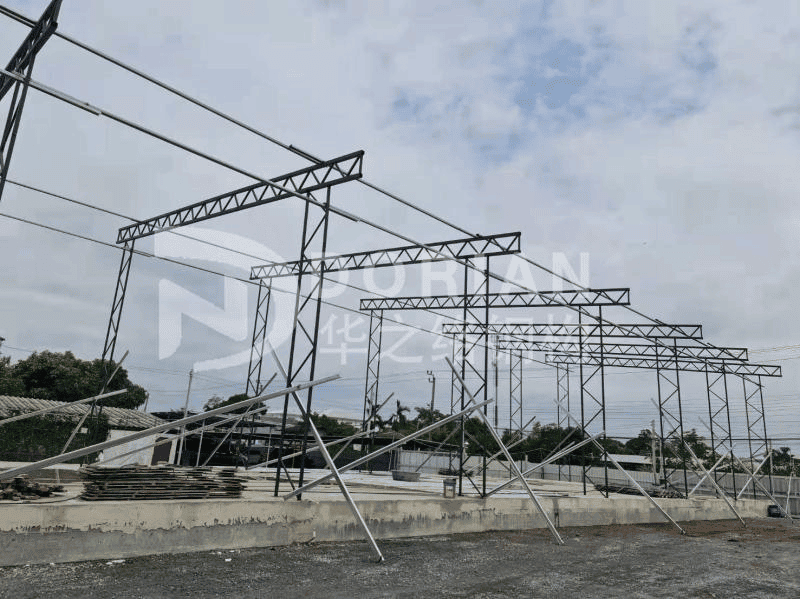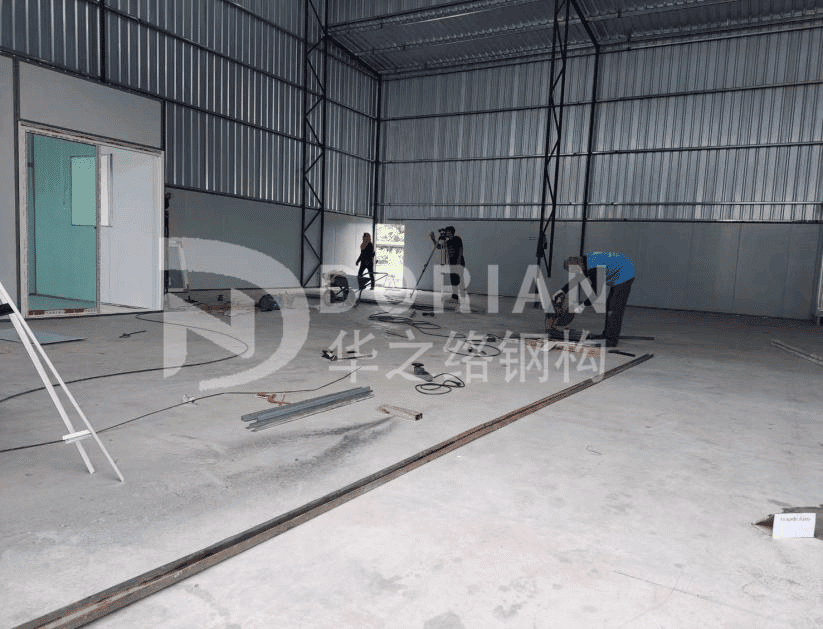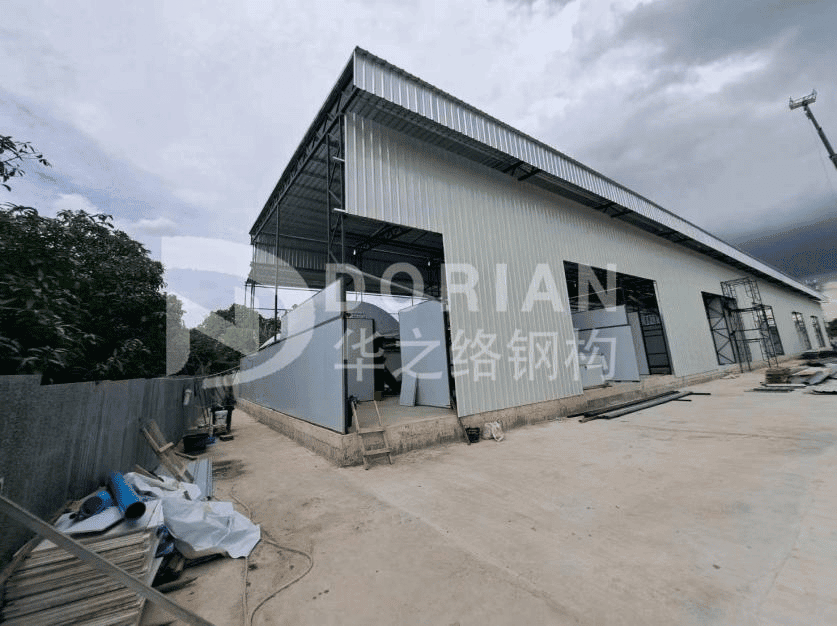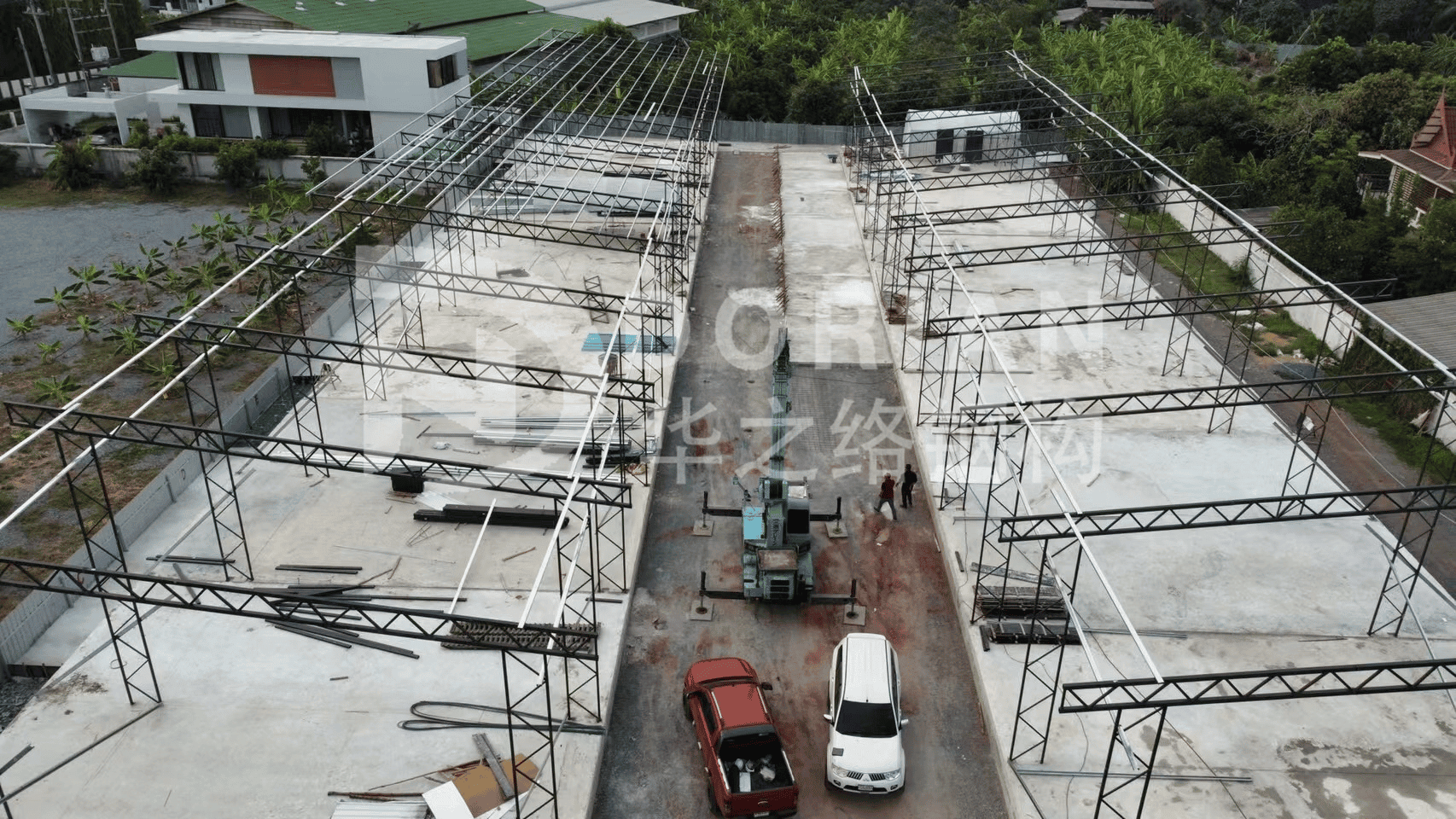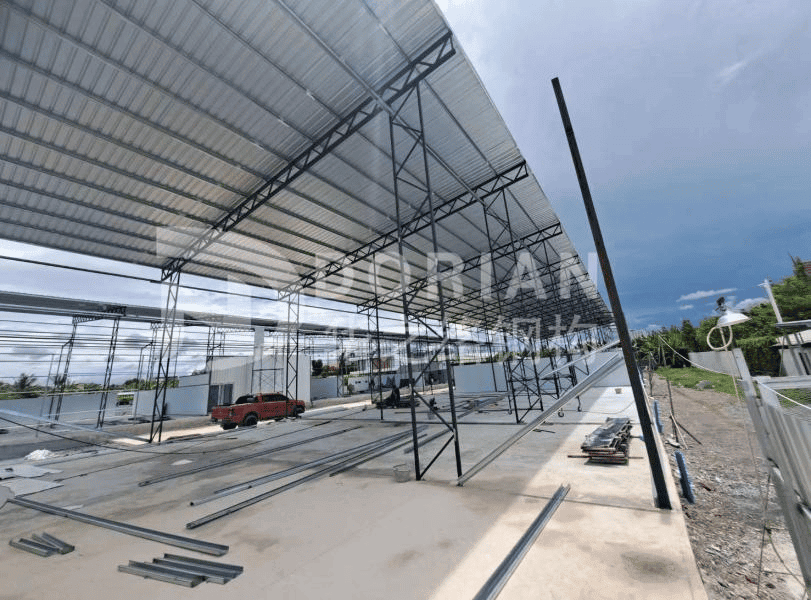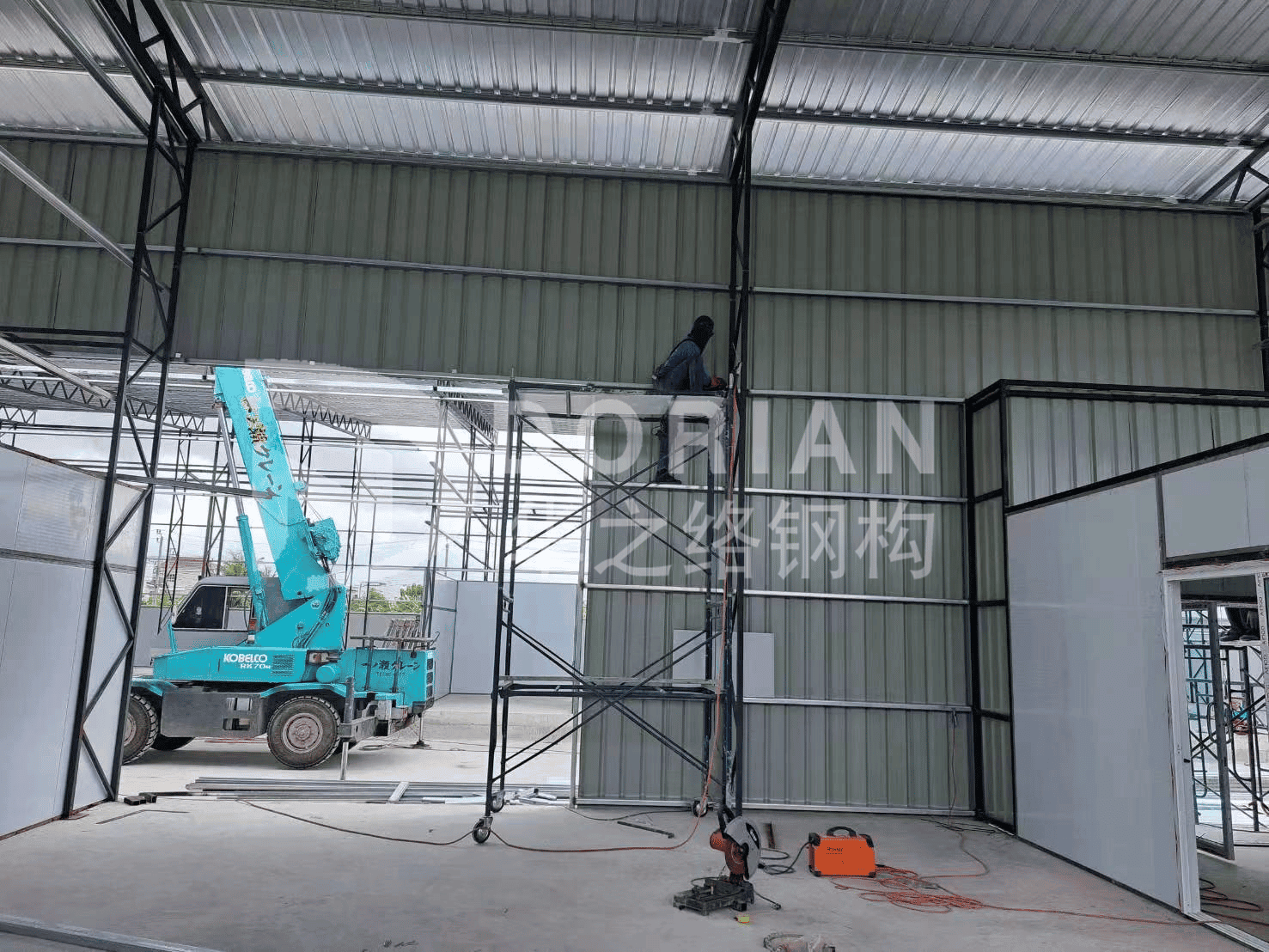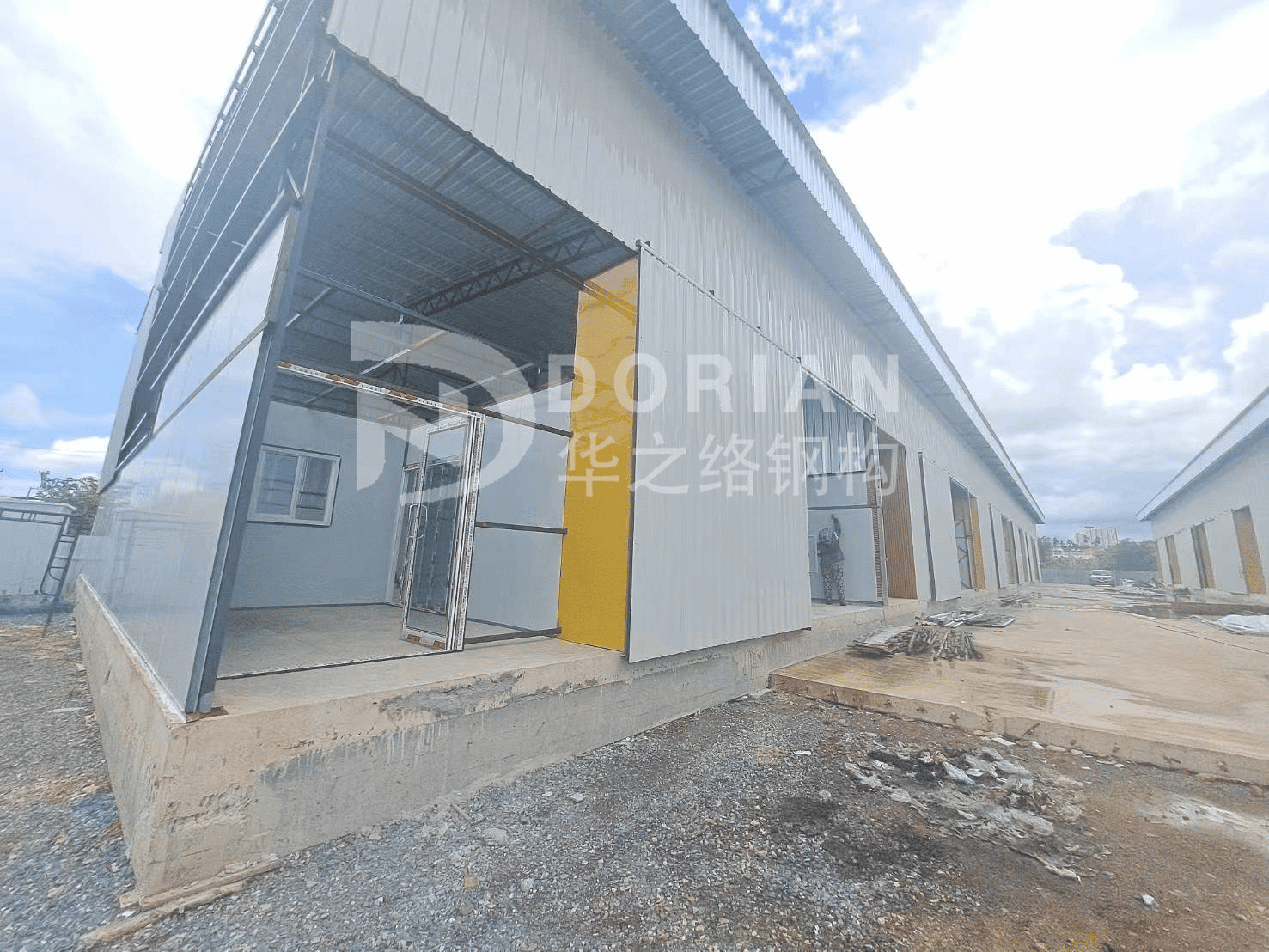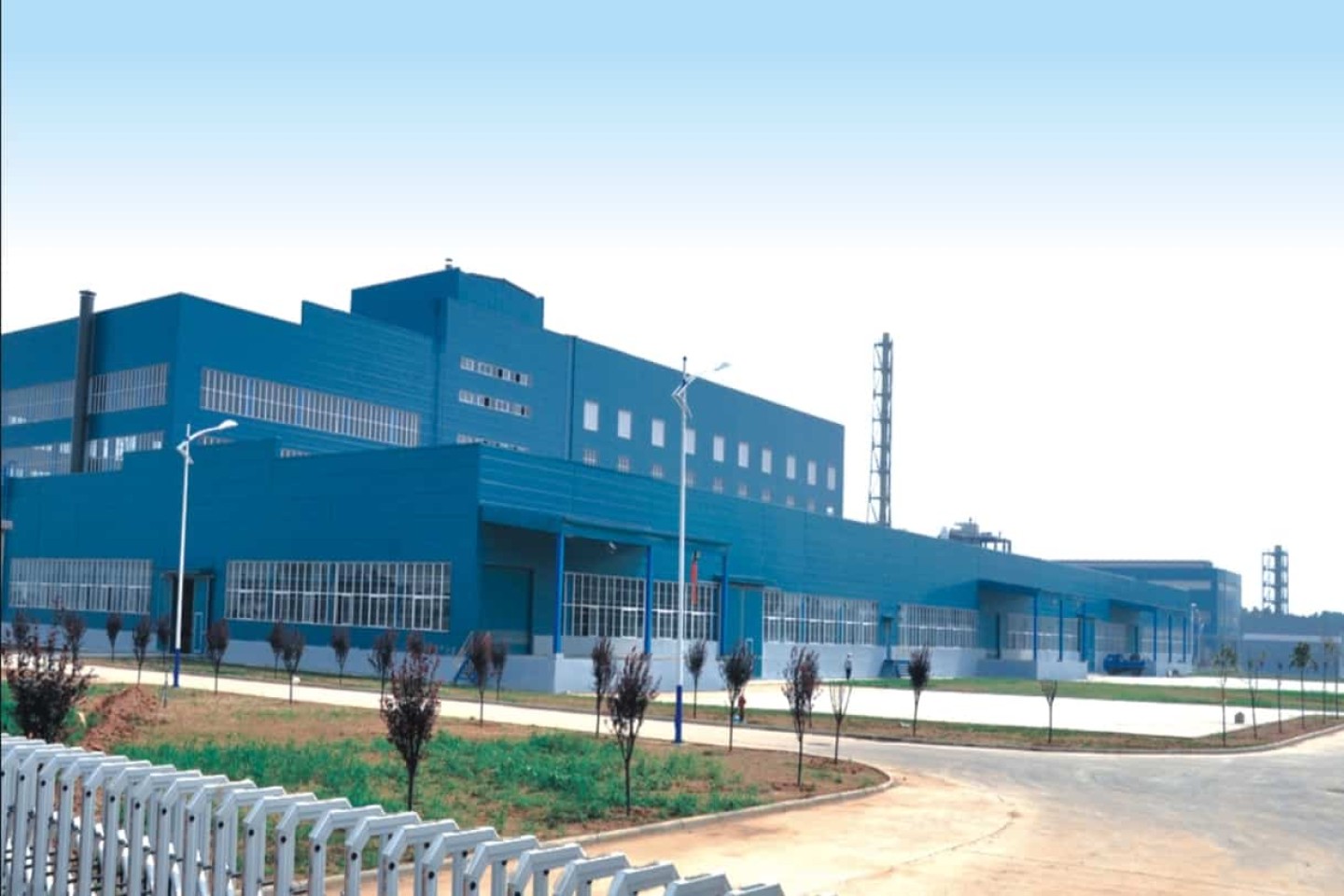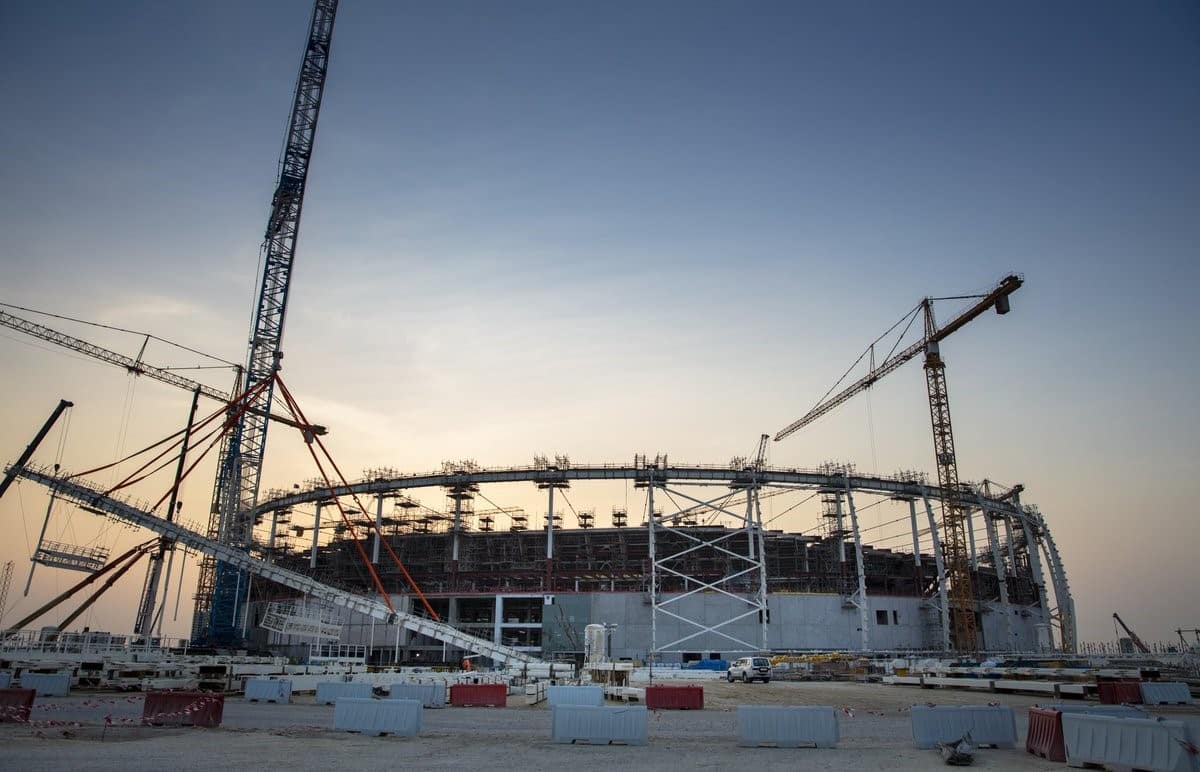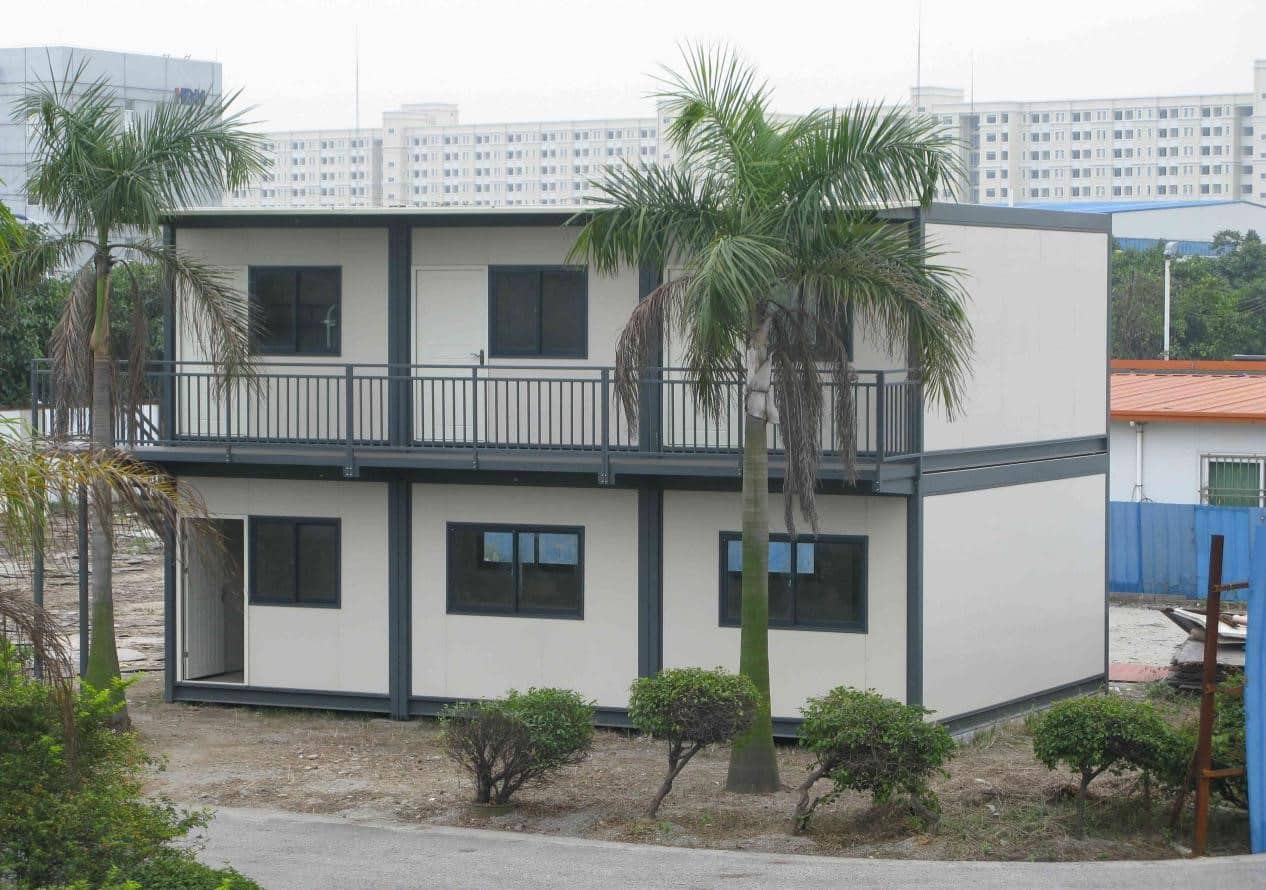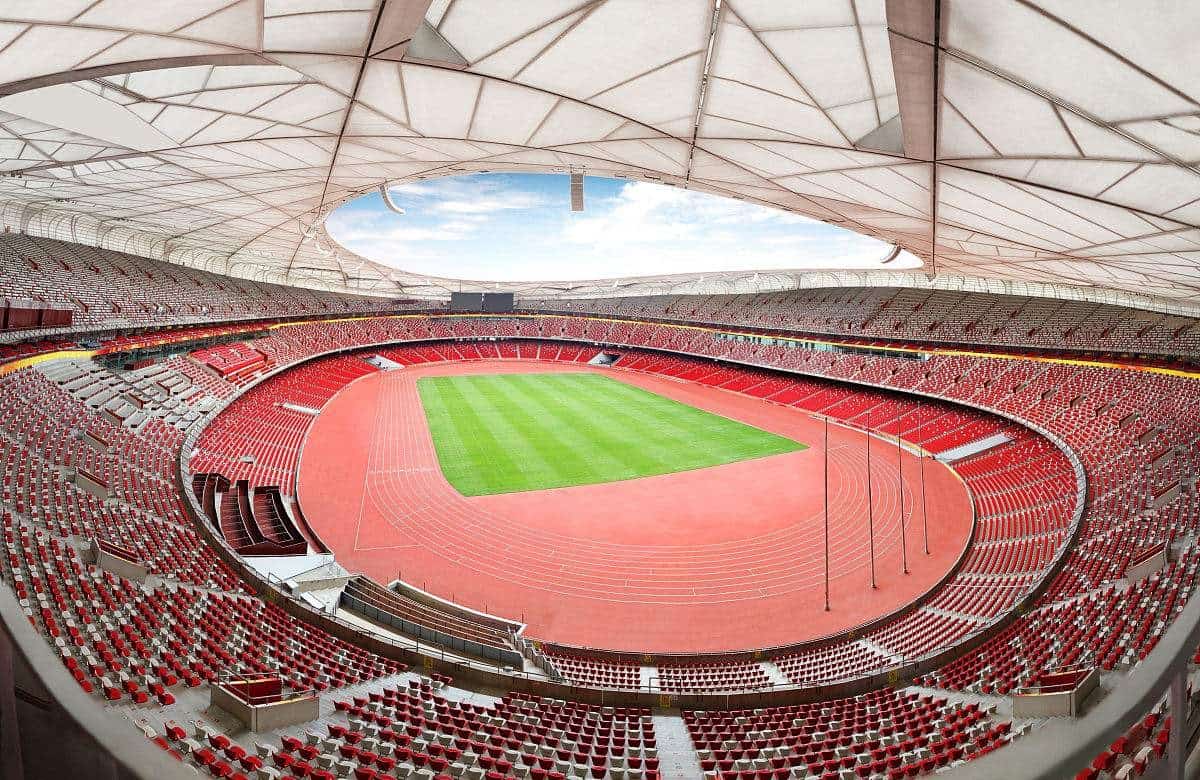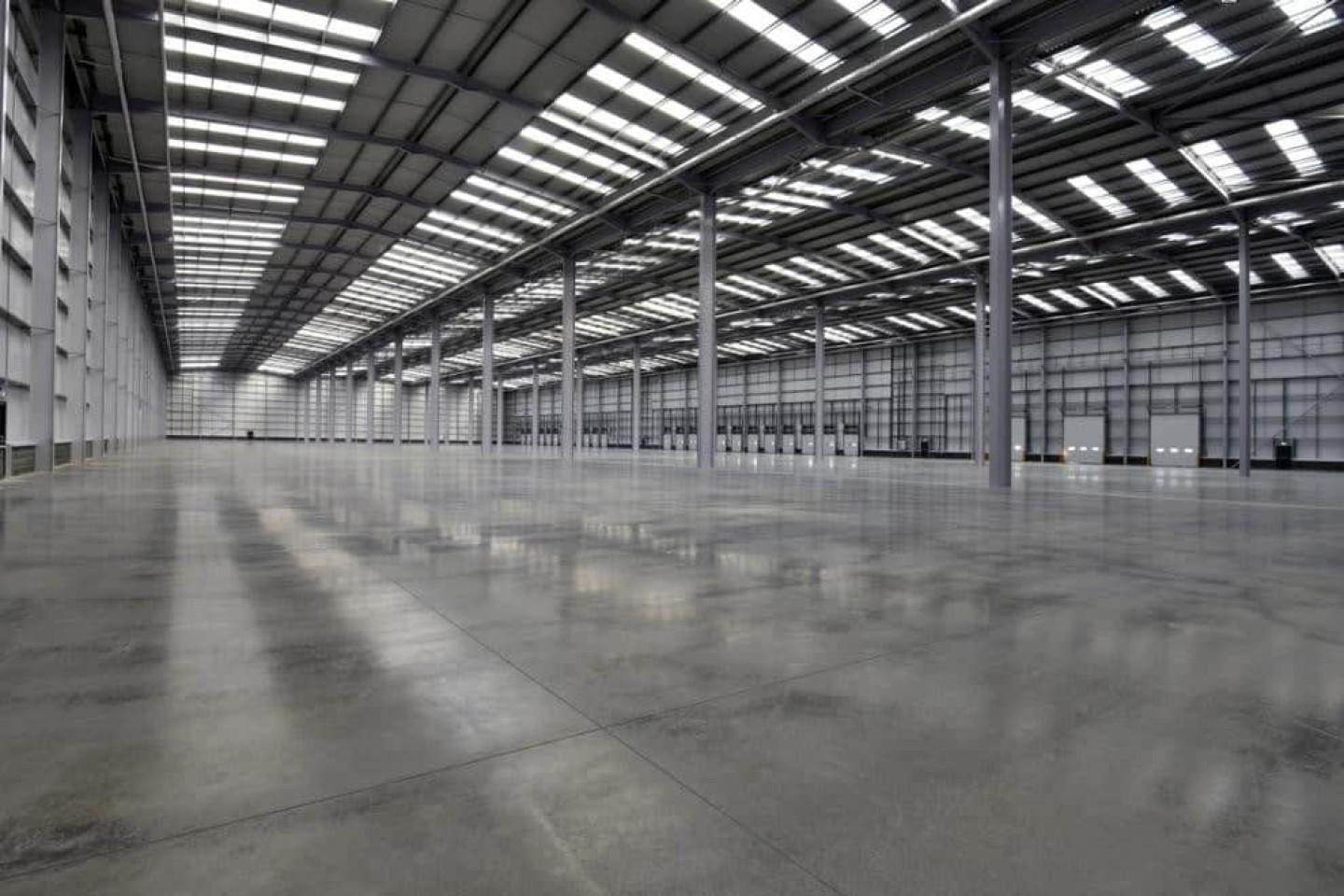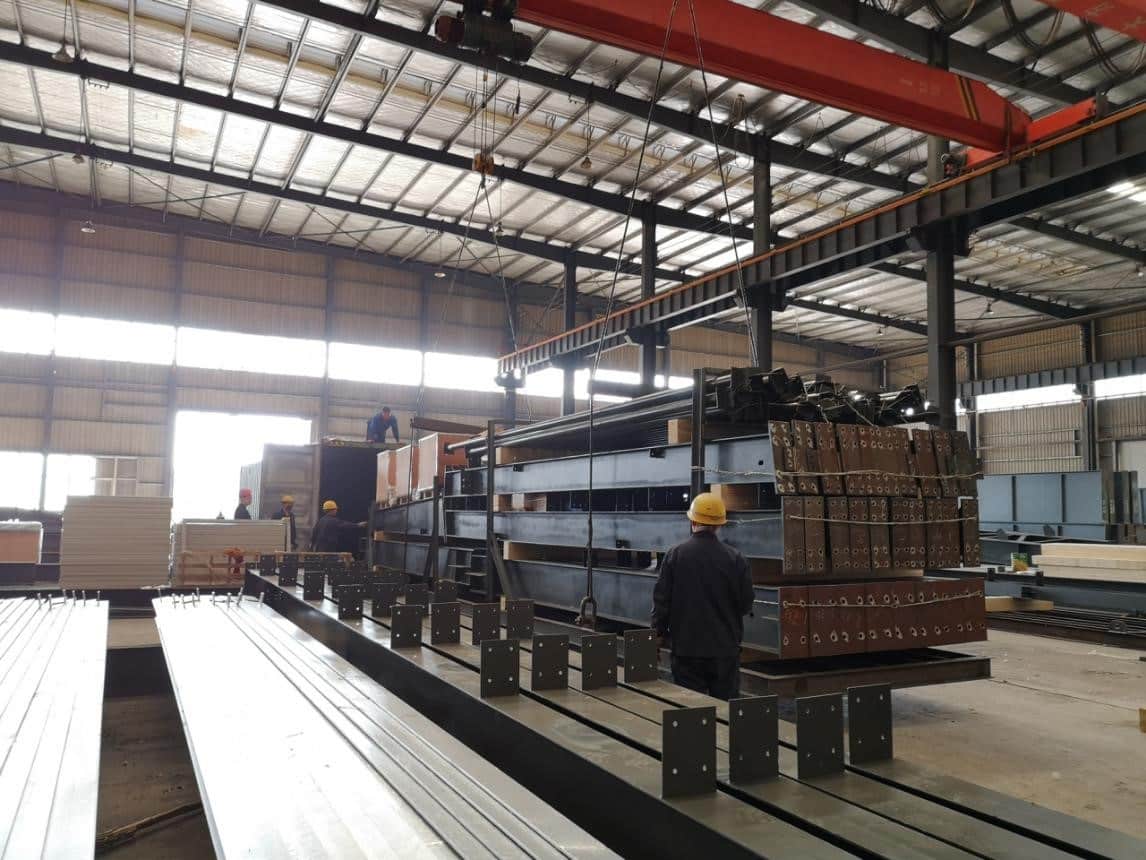Most of the steel structure factory commonly uses two kinds of manufacturing ways of the H-shape steel - hot rolled and welded, this is cause the cold rolled steel require higher cost and precisions. Comparing with it , the hot rolled and welded H shape steel column and beam are widely used for the steel structure buildings.
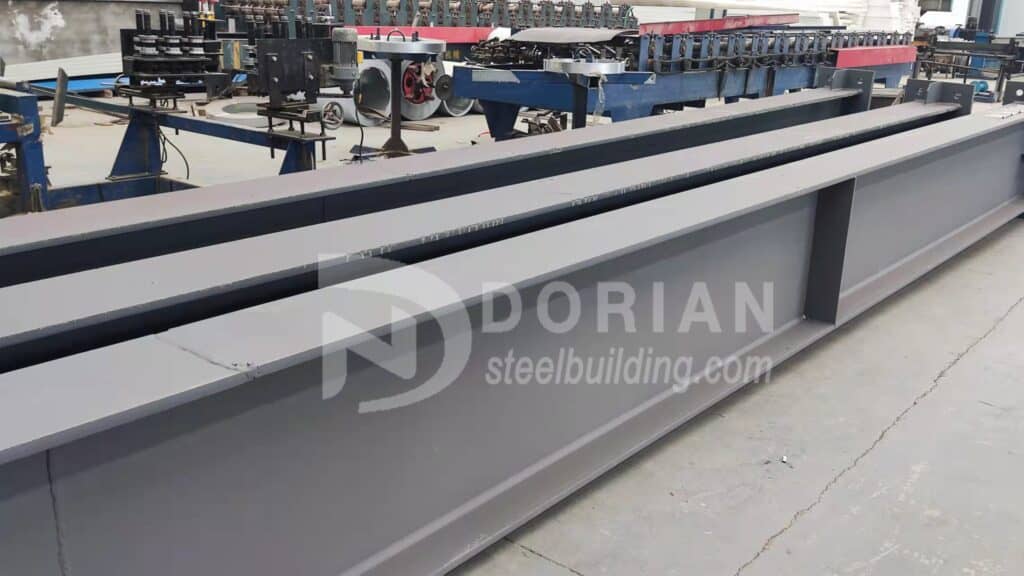
The difference between them can be described in three aspects: manufacturing ways, application range, the standard,and others.
Manufacturing Ways
Hot rolled execution is manufactured by the steel raw material supplier through one shoot like “shaped steel”, the factory only need to carry out the prefabrication work afterwards.
The raw material of the welded H shape is the steel sheet , which the producer need to carry out the cutting and welding process in advance, then prefabricate in next step.
It is easily to define it by vision: no welding lines on Hot Rolled H shape.
Application Ranges
Hot Rolled H shape steel structure is mostly used in the projects with clear small span less than 25meters. Especially the projects in European or French speaking countries that they have the limited space and specific construction regulation request.
Flexible welded H shape is used for the big project like industry workshop, big plant,etc. These projects need more spaces for the big machinery and loading trucks,the span generally is more than 30 meters with 8 meters height or even more.

Standard
Hot Rolled type has the different standard for different regions. GB is the Chinese Standard, and IPE,HEA as the European Standard, ASTM standard for United states. These standard is the most common and used, they have a little bit difference about the specification, tension and combination of the elements.
Comparing with the Welded H shape steel structure, Hot rolled is smaller scale with less weight and rectangular shape, which can load more volumes in the container.
It will need variable cross-section, in order to security the safety and stability of whole steel structure buildings for some big projects, which only can be realized by the flexible Welded H type.
Because there is different specification of shape steel in other countries, IPE&HEA&ASTM need to be imported from the other countries, which is more expensive than GB standard under the same quality, increasing the construction cost, and according to our comparision, different standard have not obvious distinction in the application of the building, besides of higher requirement of one specifications.
Normally, Dorian recommended the economic GB standard solution, then choose the suitable manufacturing ways according to the local environment and the building size as well as the customer’ demand.
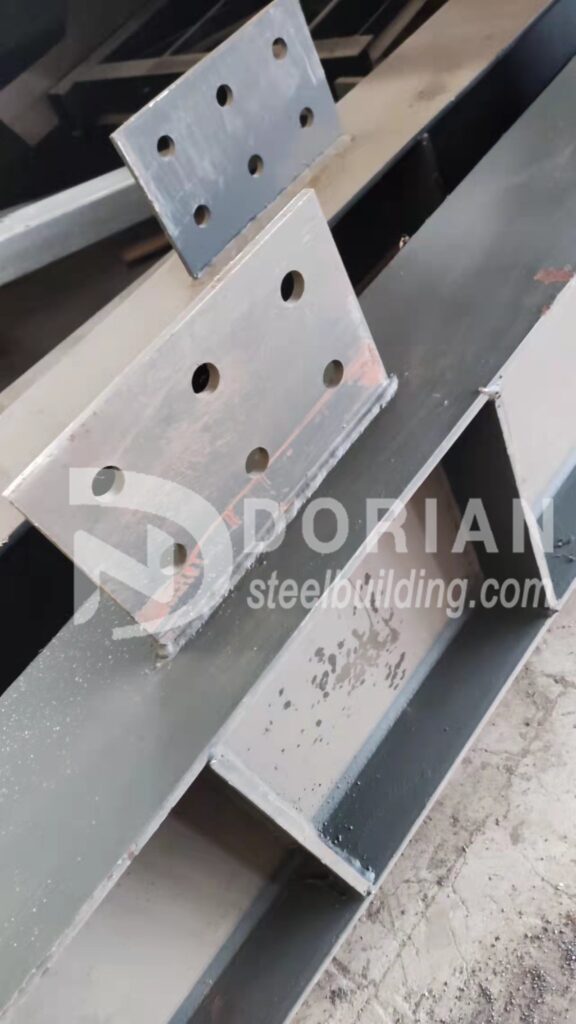
Other Aspects
The hot rolled generally have better quality and longer service time ;the welded H-shape have more varieties and can choose the size of the section based on the actual requirements, and the hot rolled have less model and easy to waste of the material; through the hot rolled process ,we can gain the H-type steel with higher quality and less energy consumption and material.
To sum up ,due to the limitation of the current technology ,the welded H shape steel is more and more wide application by the manufacturer with higher efficiency, lower consumption and cost. But ,with the development of the technology, the hot rolled will certainly replace the welded , and is widely used by the construction industry. Finally, If you have any questions about the steel structure ,please tell us.
